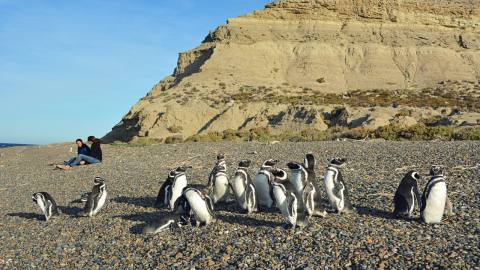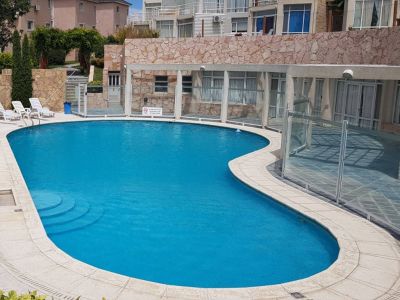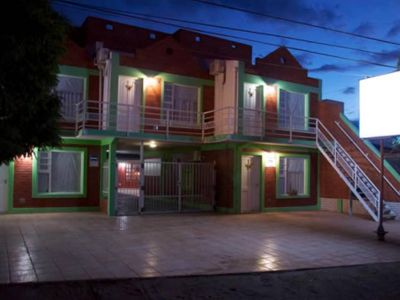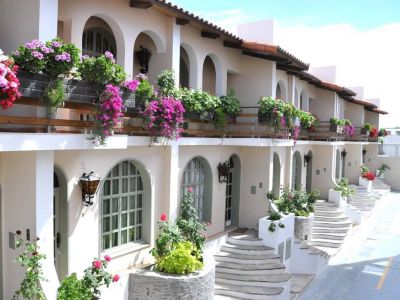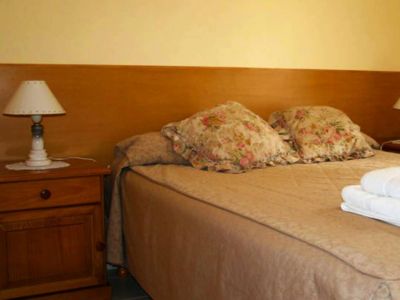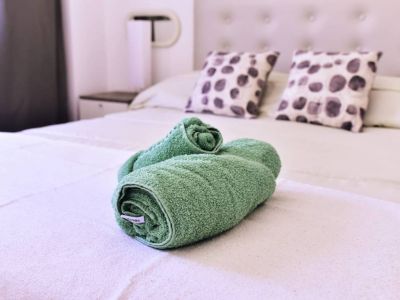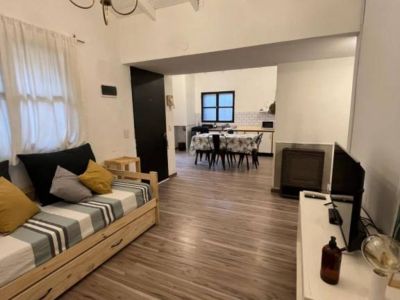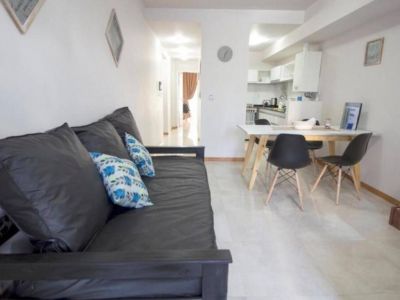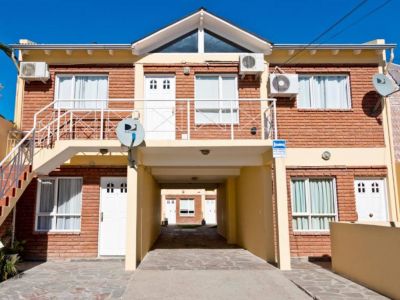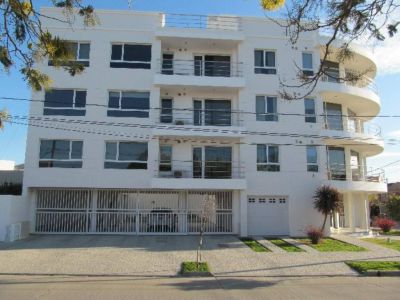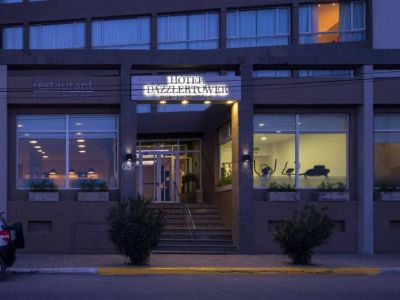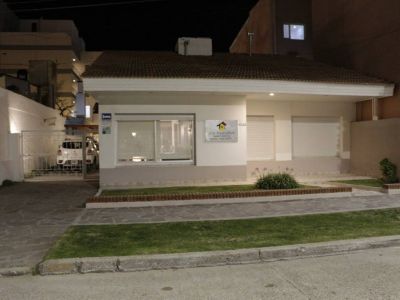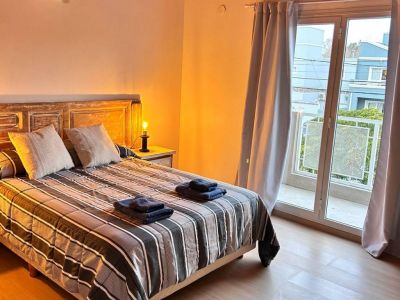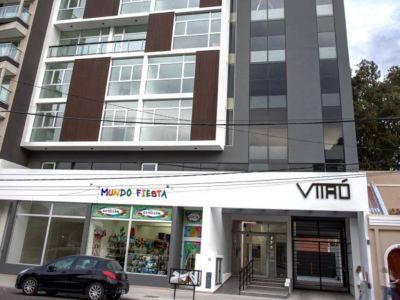During a splendid Spring afternoon, Diego, our guide from Flamenco Tour, picked me up. A foreign couple was with him. The idea was to visit the Punta Loma Provincial Reserve to see a colony of sea lions.
We crossed the city along the waterfront avenue and went southwards along a rubble road. We passed by the Paraná Beach, where we could make out the wreck of the Le Folies vessel, which is visited by the sea fauna and chosen for the practice of scuba-diving and submarine hunting. After traveling 12 kilometers, and leaving Mount Avanzado behind, we arrived in the reserve, which is located to the South of Puerto Madryn on the shores of the Nuevo Gulf.
Punta Loma was the first reserve in Chubut. It was created in 1967 with the purpose of protecting the only permanent South American sea lion colony. Diego showed us the house which would belong to the first park ranger, who had to preserve this environment in a very precarious way.
Sea Lions at Punta Loma Reserve
A colony of cormorants and South American terns, among other sea and land birds, reptiles and mammals also dwell this protected area.
Like the arid inhospitable sceneries near the Patagonian steppe, Punta Loma there presents medium-sized cliffs that fall onto the sea and large beaches of pebbles.
On a bluff overlooking the gulf lies a vantage point to watch the colony made up by about 600 specimens of South American sea lions. This mammal species is distributed along the entire Atlantic and Pacific coast in Argentinian and Chilean Patagonia. Unlike the females, the males are dark-brown-colored and have a mane. They can reach about 2.5 meters of height and weigh 350 kilos.
Diego explained that not until November does the reproduction season begin, when the males will fight to form their harem and mate and some lions will move to the Puerto Pirámides colony.
On the other hand, the cormorants were making their nests on the clay walls.
In the steppe area of the reserve, typical animals such as guanacos, choiques, Patagonian hares, foxes and piches can also be spotted.
Low shrubs, characteristic of the Patagonian steppe and the wood, such as the jarilla, barba de chivo, algarrobillo, alpataco and the piquillín grow in the area. The quilimbay, the cola piche, the molle, the mata laguna and the mamuel-choique also predominate in the zone. On the other hand, closer to the sea, only the vegetation which can bear high saltiness, such as the jume, the vidriera and the zampa, prevail.
When the tides began to raise, Diego told us it would be interesting to cross the city and approach the El Doradillo Beach in order to watch the southern right whales from the shore.
We left Punta Loma and its sea lions behind. They were having a nice rest on the beach and did not even become aware of our visit.
Karina Jozami
Jorge González
Contact of the excursion or tour
Flamenco Tour
Belgrano 25 - Local 1, Puerto Madryn, Chubut, Agentina
Phone: +54 280-4455505
Cell phone: +54 280-5070934
Áreas Protegidas de Chubut
, Puerto Madryn, Chubut, Agentina
Phone: +54 280-4485271









